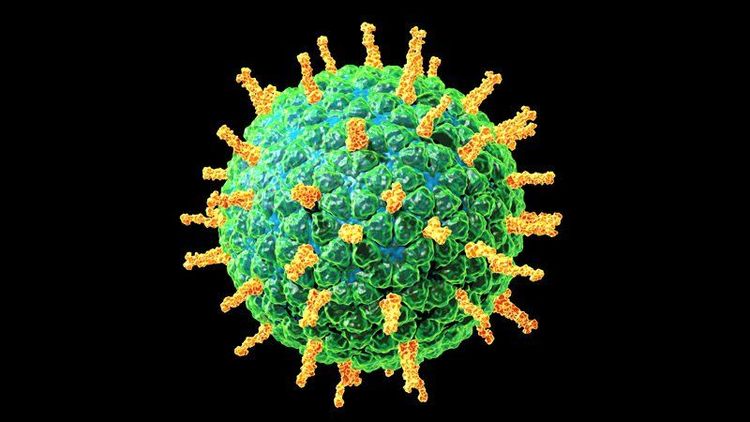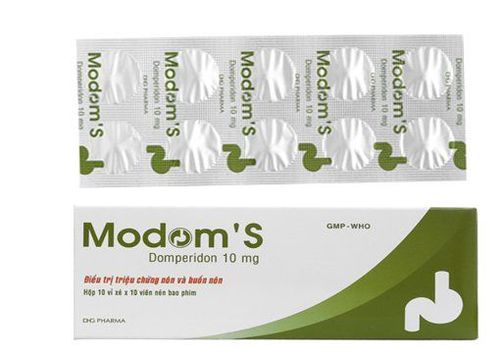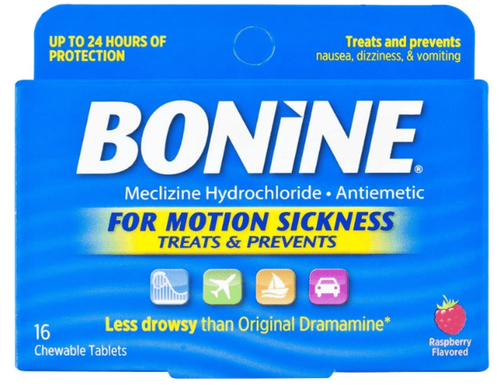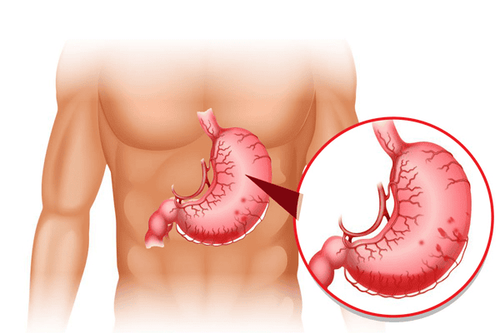This is an automatically translated article.
Article written by BSCK II Bui Thu Huong, Children's Center, Vinmec Times City International Hospital
Vomiting is a common phenomenon in young children. This can be a sign of eating wrong or it can also be a manifestation of diseases related to digestion. So how to approach vomiting, what are the real causes of this manifestation?
1. Definition
Vomiting is the phenomenon of food contained in the stomach or intestines being pushed out arbitrarily or not, due to the contraction of gastrointestinal smooth muscle accompanied by contraction of the abdominal wall striated muscles. Reflux is a simple reflux of food after eating, without the spasm of the striated muscles, which is caused by the esophagus alone.
2. Approach to vomiting in children
Time of occurrence of vomiting Progression: Frequent, increasing, decreasing,... Characteristics of vomiting related to meals: Postprandial vomiting, delayed vomiting,... Vomiting: Food, milk, bile , stool, blood,... Symptoms accompanied by vomiting: Abdominal pain, bowel obstruction, fever, headache, dizziness, vomiting when coughing, diarrhea,... Newborn: Ask mom if she has multiple Am I not (Teo TQ)

3. Causes of vomiting in children
3.1. Vomiting due to digestive causes
Vomiting due to wrong eating: Accompanied by diarrhea, allergies, SDD,...; Vomiting due to gastrointestinal infections: Diarrhea caused by Rotavirus, food poisoning caused by staphylococcus,...; Vomiting due to malformations: obstruction, narrowing of the gastrointestinal tract such as: TABS atrophy, pyloric stenosis, duodenal obstruction, low bowel obstruction; Vomiting due to emergency surgical diseases of the gastrointestinal tract: Intussusception, VRT, GI bleeding, intestinal obstruction; Vomiting due to gastrointestinal diseases: GERD, peptic ulcer disease, milk allergy.

3.2. Vomiting due to extra-digestive causes
Acute bacterial infections: Meningitis, pneumonia, acute urinary tract infections; Vomiting due to diseases of the brain, meninges: Brain tumor, TBI, ICH-MN; Vomiting due to endocrine diseases, dyspepsia: Periodic vomiting, TSTTBS, dysmenorrhea amino acids, organic acids,...; Vomiting due to drug and chemical poisoning: Taking an overdose of Vitamins A, D, lead poisoning; Vomiting due to mental illness.

4. Clinical examination
Age: digestive malformations in infants
Body development: prolonged vomiting causes malnutrition, chronic electrolyte loss.
Detecting symptoms accompanying vomiting:
Digestive disorders: diarrhea, bowel obstruction, abdominal distension, abdominal pain, bloody diarrhea, bloody anus visits,... Signs of infection: fever, chills tremor, pale blue, earache, painful urination, urinary incontinence, rash,... Signs of brain - meningeal: convulsions, headache, stiff neck, photophobia, blurred vision, increased head circumference, .. Signs of acute and chronic respiratory disease: vomiting causing aspiration pneumonia, GERD,...
5. Subclinical examination
Determine the consequences of vomiting: assessment, CTM, ketones in urine, chest X-rayDetermine the cause of vomiting:
Surgery: Unprepared abdominal scan, abdominal ultrasound, gastrointestinal scan with contrast; Infections: CTM, CRP, stool culture, urine culture, blood culture, ear-nose-throat examination...; ED, intoxication: Ketonuria, blood glucose, blood urea, ED, lactate,...; Neurological diseases: CSF puncture, ophthalmoscopy, cranial scan, electroencephalogram,...; Psychiatric examination.
6. Handling
Rehydration and electrolytes ; Do not use antiemetic drugs when monitoring surgical indications; Adjust the diet; Change the position of holding the baby; Vomiting due to pyloric spasm: use Atropin, Motilium, Domperidon, Primperan; Treatment is specific to the cause. In general, vomiting is a common phenomenon in young children but can also be a phenomenon of gastrointestinal disease. To avoid vomiting in young children, parents should observe to find out the cause to help their children minimize this situation. If regurgitation tends to be severe and prolonged, parents need to take their children to see a pediatrician for thorough treatment.
Please dial HOTLINE for more information or register for an appointment HERE. Download MyVinmec app to make appointments faster and to manage your bookings easily.
Recommended video:Why do babies often have gastroesophageal reflux?














